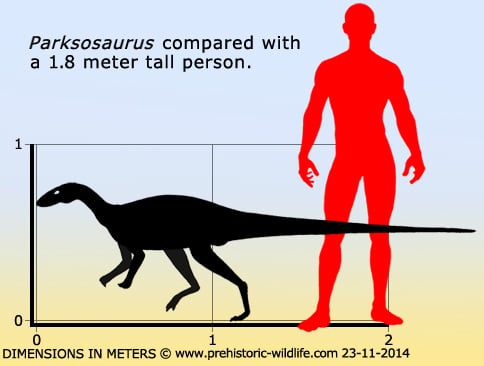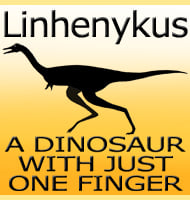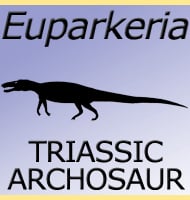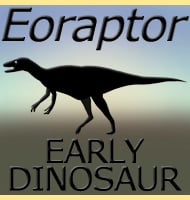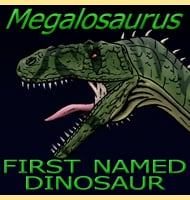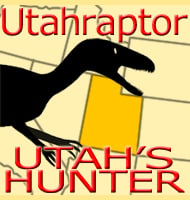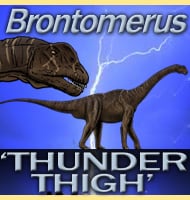In Depth
Parksosaurus was first described by William Parks as a species of Thescelosaurus in 1926, but in 1937 Charles M. Sternberg reclassified it as a distinct genus. Sternberg chose the name Parksosaurus which means Park’s lizard in recognition of the initial work done by William Parks. Parksosaurus and Thescelosaurus together are proof that even in the latest Cretaceous there was still an ecological niche for small and swift herbivorous dinosaurs that had still not been filled by hadrosaurs or ceratopsians, two of the most common herbivorous dinosaurs at this time.
Parksosaurus is usually treated as a hypsilophodont dinosaur (relative of Hypsilophodon), and as with others of its kind, swift speed and agility were key to the survival of the individual. With this in mind, the larger dinosaurian predators of the time such as large tyrannosaurs like adult Albertosaurus and Tyrannosaurus probably did not even bother with smaller dinosaurs like Parksosaurus. However, troodonts, such as the Troodon genus itself would themselves have been swift and deadly, and certainly capable of taking down a Parksosaurus, especially from an ambush.
Further Reading
- Classification of Thescelosaurus, with a description of a new species. - Proceedings of the Geological Society of America 1936:375. - C. M. Sternberg - 1937. - Redescription of the skull and mandible of Parksosaurus from the Late Cretaceous with comments on the family Hypsilophodontidae (Ornithischia). - Life Sciences Contribution, Royal Ontario Museum 89: 1–21. - Peter M. Galton - 1973.
